Anacapa Island: A Mirage in the Pacific Ocean
This week one of my biggest dreams came true.
I have a thing for visiting off-the-beaten-track destinations. This doesn’t mean I am interested to only visit destinations at the end of the world. There are some places that, for some reason, do not get the deserved attention. And, oh boy, how do I like to visit those places!!
For some time, I have wanted to visit the Channel Islands National Park. Five islands off the Southern California coast form this park. Even though the closest island is only 11 miles from the shore, this is an undeveloped place reminiscent of what the mainland used to look thousands of years ago. Only 30,000 visitors set foot on these dreamy islands.
The surprising thing is that the islands shelter more than 2,000 species of plant and animals. That is on par with the Galapagos!!
I visited Anacapa Island (the closest to the mainland). Well, I didn’t set foot on it. Our excursion cruised around the island (the company offering the cruise calls it a Seafari).
I am not going to lie. Things didn’t go as smooth as planned. As a matter of fact, nothing about this trip was smooth. I don’t remember feeling so sick on a boat before. Thank God a nice lady took pity on me and offered me some motion sickness medicine. To make things worse, the sun wasn’t able to beat the June gloom that day. It was cold. It was windy. There were not a lot of places to sit down.
Things improved once we got close to the island since the sea started to calm down. That let me enjoy the beauty of Anacapa.
Anacapa is a small volcanic island located of the coast of mainland California. The island is composed of three islets: East, Middle and West Anacapa. It is the only one of the Channel Islands to have a non-Spanish-derived name. Anacapa comes from the Chumash word eneepah, meaning mirage.
The island provides critical habitat for seabirds, sea lions, native plants and other mammals. The island has a somewhat diverse flora, including around 150 native plants, including 16 endemics (two of which are unique to the island) plus many introduced species.
As I mentioned the island is comprised of three inlets. The scene looks like some massive rocks sprouting out of the sea. You see pretty steep cliffs everywhere. I am surprised you can land, hike and camp on the island.
Seeing the island from the sea gave me the opportunity to see things from one perspective. It is possible to enjoy the natural arches, the sea caves, the wildlife and the geology. It is simply magnificent!!
Let’s take a look at what I am talking about:
Arch Rock, the most famous sight on the island
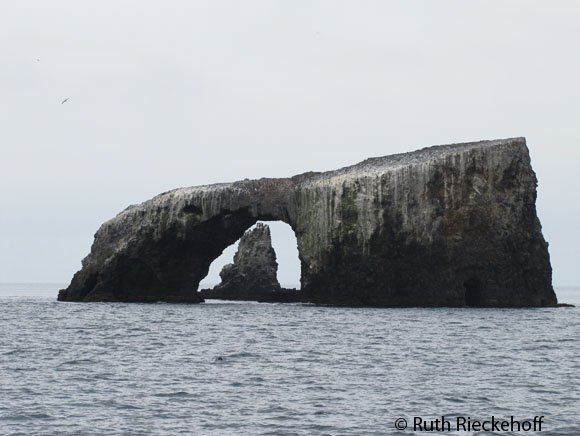
Arch Rock, the most famous sight on Anacapa Island
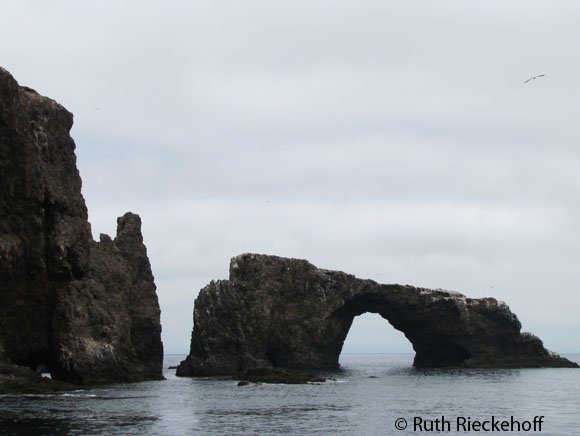
Arch Rock
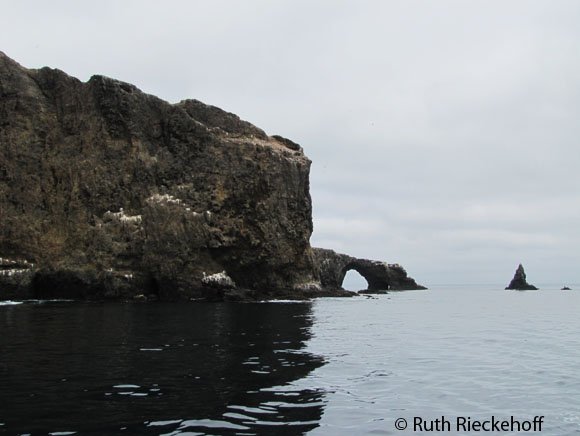
Arch Rock Seen From the Distance
Other natural or sea arches
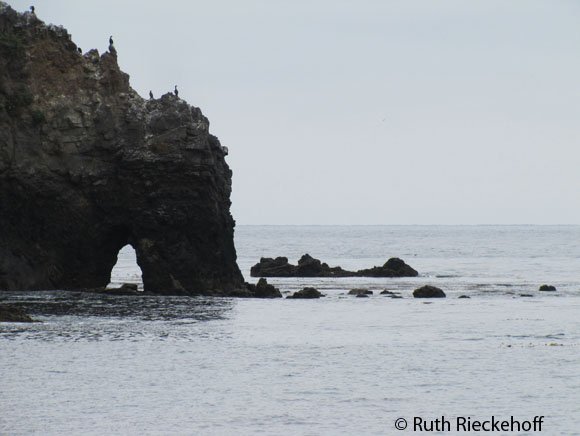
Small Arch
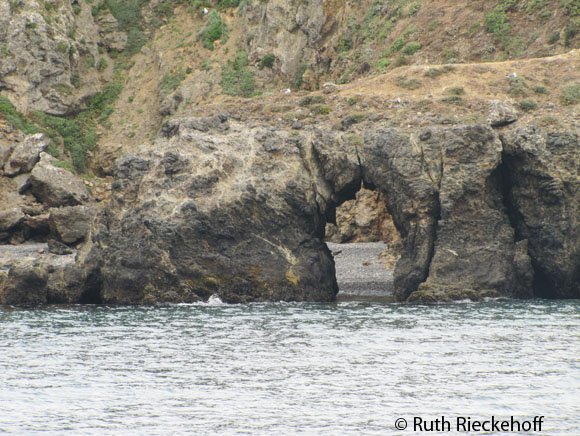
Difficult to spot arch

Small arch between two big rocks
Keystone Arch, the lesser known sight
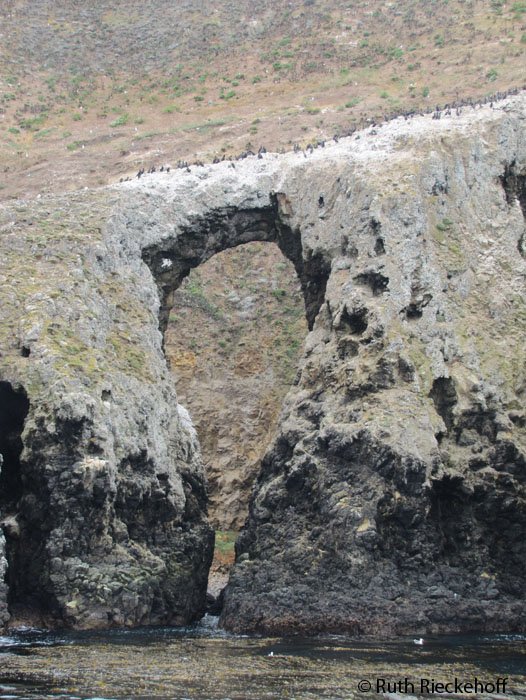
Keystone Arch

Close-up of Keystone Arch
Sea Caves
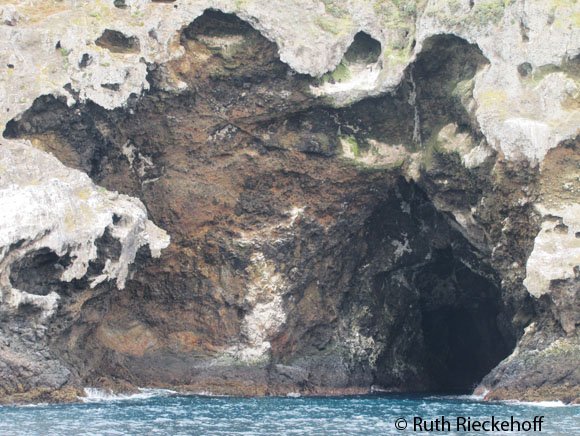
Sea Cave
Interesting Formations
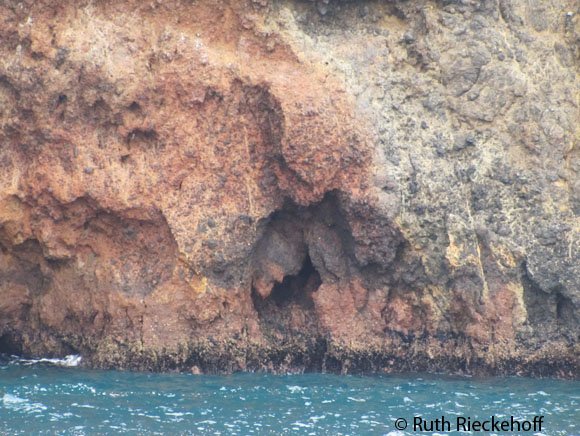
Beautiful colors
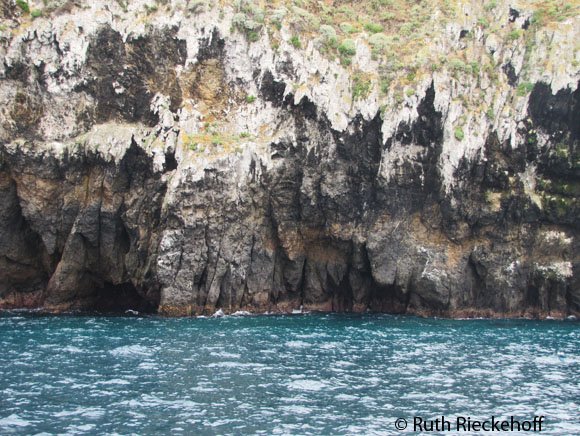
Interesting formations
Wildlife (dolphins are not pictured but we saw tons of them)

Sea Lions
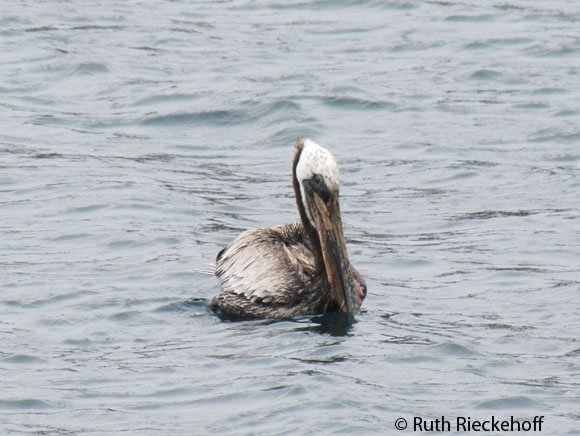
Pelican
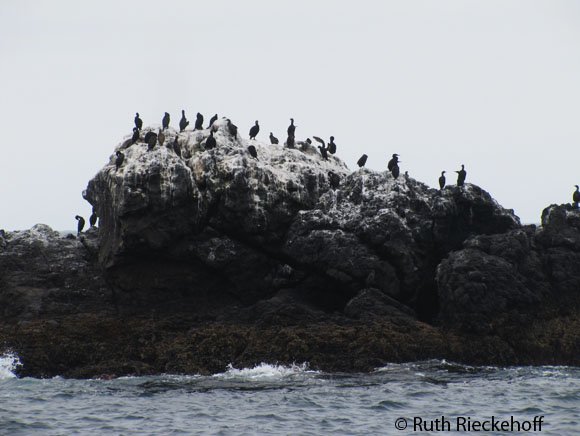
Cormorants
There was even a face or skull formation
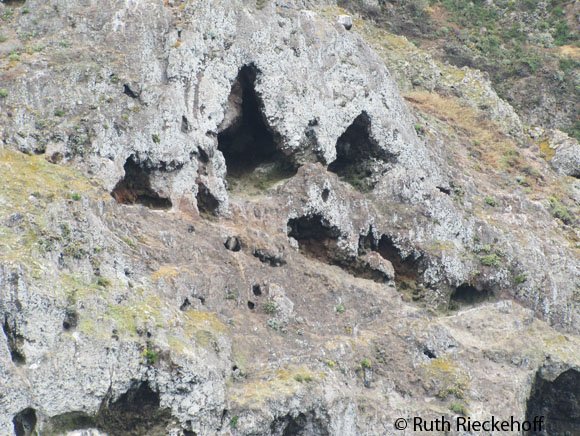
Face on the Rock
Next time, I want to hike on the island (or on Santa Cruz). I am sure that would be a different experience.
Have you visited or would like to visit this National Park? Let me know in the comments section below.
Comments
Post a Comment